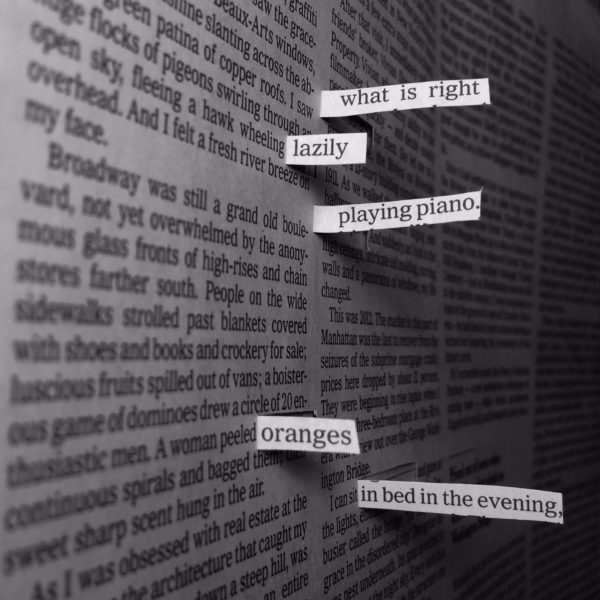
In the December 23 entry from Tape For The Turn of the Year, A.R. Ammons writes, “release us from mental / prisons / into the actual / fact, the mere / occurrence—the touched, tasted, heard, seen.” For many, Christmas is a spiritual time, but it’s also a sensual time, of food, music, lights. It’s a mistake, I think, to elevate one over the other. The spirit and the senses are not disconnected. They are a two-way street.
Some fool use
I enjoyed this video of Tatsuo Horiuchi, a 77-year-old Japanese man who’s been painting with Microsoft Excel for the past 15 years:
When Tatsuo retired, he decided that he wanted to paint. But there was one problem: He was cheap. “When I started to do this I had a defiant and experimental mind. [I thought,] “How can I paint with my PC? You don’t need to spend money on paints, and you don’t have to prepare water and so on.” He didn’t even want to pay for an art program. So he used what was already on his computer. “This kind of stingy idea made me prefer Excel. And with a cheap printer…in 10 years, I wanted to paint something decent that I could show to people.”
I am drawn to art made out of ordinary materials. For example, I love the envelope poems of Emily Dickinson like “The way Hope builds his House,” which is composed on an envelope torn to look like a house:
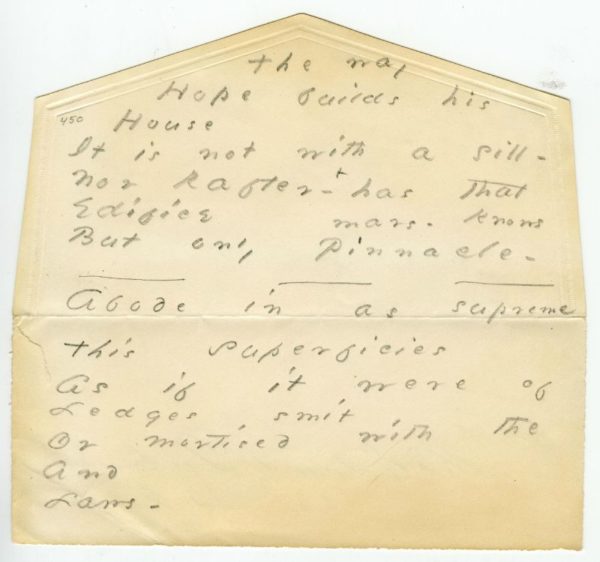
And this morning I started reading A.R. Ammons’ Tape for the Turn of the Year, which he started composing today, 54 years ago, on a roll of adding tape he found in a home and garden store, and began to “contemplate… some fool use for it.” In the first entry, Ammons asks the Muse for “assistance” with “this foolish / long / thin / poem”:
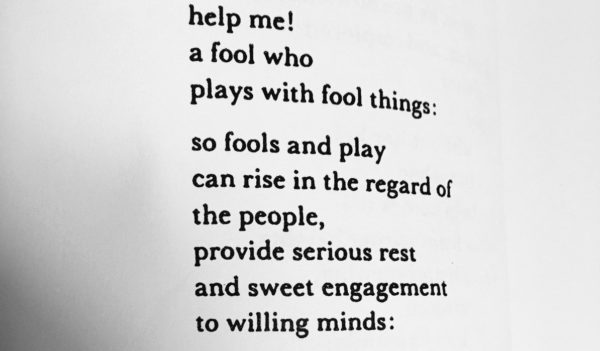
I find that embracing “foolishness” can be a great boon to the artist. “There are many people who make fun of me,” says Mr. Horiuchi, of his paintings. They say, “Why are you making effort on something that is not useful, are you a fool?” And Horiuchi answers, “Yes, I am a fool.”
In order to do find a use for a tool that is not exactly what it was made and advertised for, you need a kind of willingness to look stupid:
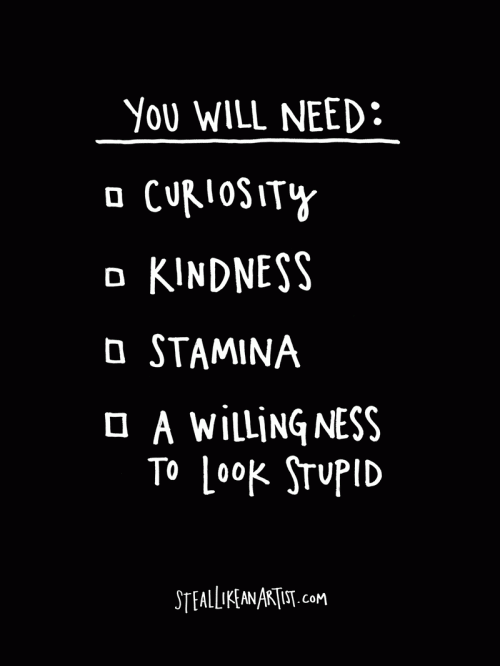
I’ve noticed when people post the video of Horiuchi, they say some variant of, “See? The tools don’t matter! Get making!” On Twitter, @doingitwrong posted the video with the words “YOU CAN MAKE ANYTHING WITH ANYTHING (This is why I am reluctant to give advice about writing tools.)” While I agree with the first part, that you can make anything with anything, when it comes to writing tools, instead of shying away from discussion of tools, saying, “it’s up to your imagination!” and leaving it at that, I think we should talk more about tools, and do more exploring, more investigating with students what it means to make art with different kinds of tools.
For example, Horiuchi’s landscapes are interesting (his portraits aren’t quite as dazzling — probably because landscapes lend themselves well to the geometric shapes you can make more easily with line tools), not just because of the novelty of painting with Excel, but because he’s really pushing the limits of what Excel can do. Here’s a screenshot of his computer:
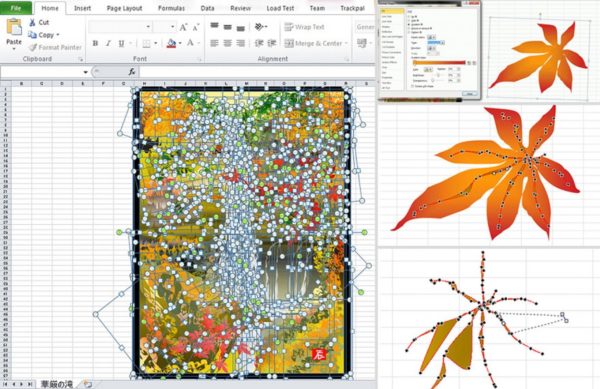
Whether it’s Microsoft Excel or adding tape, pushing against constraints, finding out the limits of the tools, that’s what makes art interesting.
It’s not that the tools don’t matter — it’s finding the appropriate tools, or, maybe even better, the inappropriate tools, and finding some fool use for them.